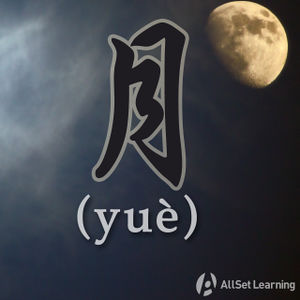Difference between revisions of "Structure of dates"
m (Text replace - "Expressing Time and Date" to "Expressing time and date") |
|||
| Line 39: | Line 39: | ||
[[Category:A1 grammar points]] | [[Category:A1 grammar points]] | ||
| − | {{Used for|Expressing | + | {{Used for|Expressing time and date}} |
{{Basic Grammar|年|A1|Number + 年 + Number + 月 + Number + 号/日|今天 是<em>2011年 11月 11日</em> 。|grammar point|ASGT3KF6}} | {{Basic Grammar|年|A1|Number + 年 + Number + 月 + Number + 号/日|今天 是<em>2011年 11月 11日</em> 。|grammar point|ASGT3KF6}} | ||
{{Rel char|月}} | {{Rel char|月}} | ||
Revision as of 03:04, 19 June 2012
-
Level
-
Similar to
-
Used for
-
Keywords
Structure
As with many things in Chinese, dates are arranged from largest unit to smallest: year, month, day.
x 年 x 月 x 日
So April 1st, 2013 is 2013年4月1日.
Note that 号 is commonly used in spoken Mandarin instead of 日: 2013年4月1号. In written Chinese, however, you will see 日 rather than 号.
Examples
- 1940年11月27日
- 1973年7月20日
- 1868年1月18号
- 1910年8月9号
See also
Sources and further reading
Books
- Integrated Chinese: Level 1, Part 1 (3rd ed) (pp. 73-4) →buy
- New Practical Chinese Reader 1 (新实用汉语课本1) (pp. 122-3) →buy
- New Practical Chinese Reader 1 (新实用汉语课本1)(2nd ed) (pp. 141-2) →buy



